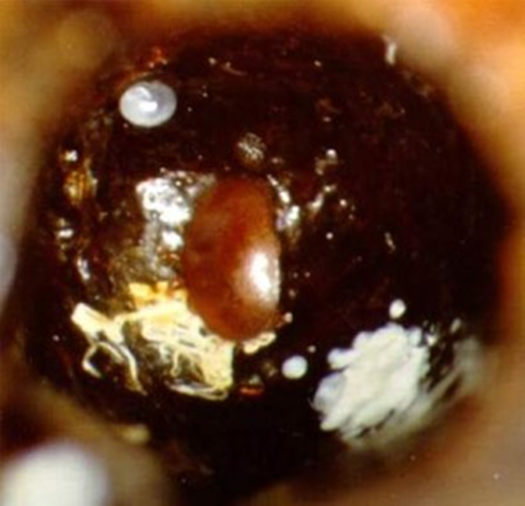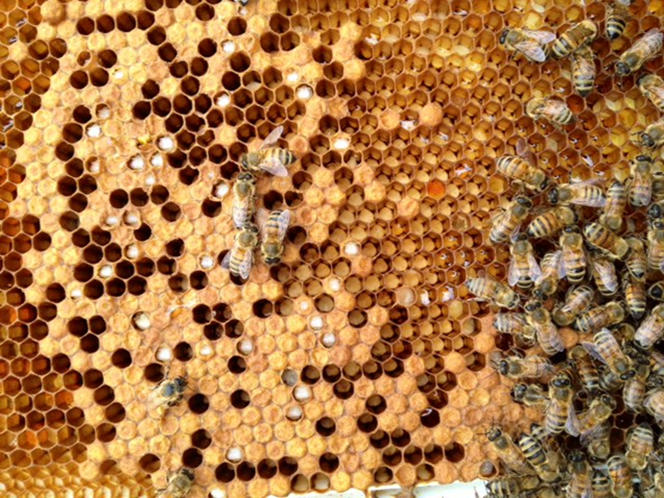September is the first month in the beekeeper’s year. It is the last chance to prepare for winter and ensure that there are lots of young healthy mite-free bees on the way. Make sure that each hive has at least 70 lbs. of honey stores, and continue protein supplements if there is a dearth of forage or the brood is small.
Important considerations for beekeeping in the month of September:
- Is your mite infestation rate 3% or less?
- Is there an adequate population of young nurse bees to rear the winter cluster bees?
- Are there at least 70-80 lbs of honey stores?
- Am I done feeding yet?
- Reduce the nest cavity to the minimum volume necessary to accommodate the cluster and stores.
- Bees move up over winter! Make sure there are plenty of stores directly above the cluster. Keep stores close to the cluster by any means necessary.
- Take your losses now.
- Combine problem hives, dinks, and queenless hives to an “engine”. Loser + loser= big loser!
- Be conscientious of disease transfer when combining.
- As weather cools reduce entrance to an easily defensible size.
- Leaving the entrance reduced all year is advisable as long as the hive is ventilated with a screened bottom board and upper entrance or venting.
- Have a back up feeding option if things do not go as planned.
- Drivert sugar or fondant (sugar bricks) should be used after the temperature is below 60 degrees during the day and 45 degrees at night, not syrup, to avoid adding moisture to the hive.
Submitted by Dr. Dewey Caron:
Last month I provided information on sampling for varroa mites using sugar shake. So did you do it? YES – you did monitor for varroa mites! FANTASTIC !! I hope the numbers were low. NO – why not?
Either way, the mite numbers will peak in September. Hopefully mite load will be under 5% – meaning less than 5 adult bees of every 100 in your colony has a phoretic mite on their back! If they are heavier or you did not monitor so you do not know, you might be on lookout this month for a couple of other signs of varroa mites.
In September we want to check colonies and confirm that the bees are rearing the bees that will rear the [fat] bees to survive winter. The bees ought to be restricting queen egg laying and compacting the brood area (pushing the brood sphere downward) by middle of the month. Not all the bee stock we may have is yet aware of Oregon’s long wet winter. We can force the pattern by feeding heavy sugar syrup – IF the bees elect to participate and take the syrup offering. (Be careful feeding sugar syrup late in the fall – the bees will not have time to evaporate the moisture and cap the honey. Consider using drivert sugar feedings after September 21)
When looking in the brood area two things you might be on lookout for (besides presence of some eggs and brood pattern) is evidence of mite load. Look in empty brood cells and see if you see mite feces. They will show as irregular white deposits, usually at back top of cell. Hold a frame up to the light with the sun at your back rotating the frame away from you so the deposits are easier to see. [They are mite feces if white and stringy-looking – as in photo – not larval bee feces which is dark and on bottom side of cell].
When looking at capped cells you might see some pupal cells that lack cappings – usually early in the capped stage when eye coloration has darkened in the pupae. This could either be bald brood or a sign of mite infestation. Bald brood, opened pupal cells in a linear fashion is a sign of wax moth infestation – the caterpillar has moved beneath the cappings from one cell to another – you might even be able to remove the cap of the next cell in the line and expose it!
If cells without cappings occur in a more random fashion, you are likely looking at your hygienic bees removal of cappings to expose female varroa mites. Some of the pupae will likely be partially eaten (by their sisters) as they attempt to get to the female mites to remove them from the cells. This is of course a good sign a sign your bees are attempting to keep a lid on their mite infestation.
IF you see lots of mite feces or pupal cells without their caps, it will be a sign of a heavy varroa mite infestation – there is still time to select a chemical and treat the colony before our wet weather closes down fall be activity.


